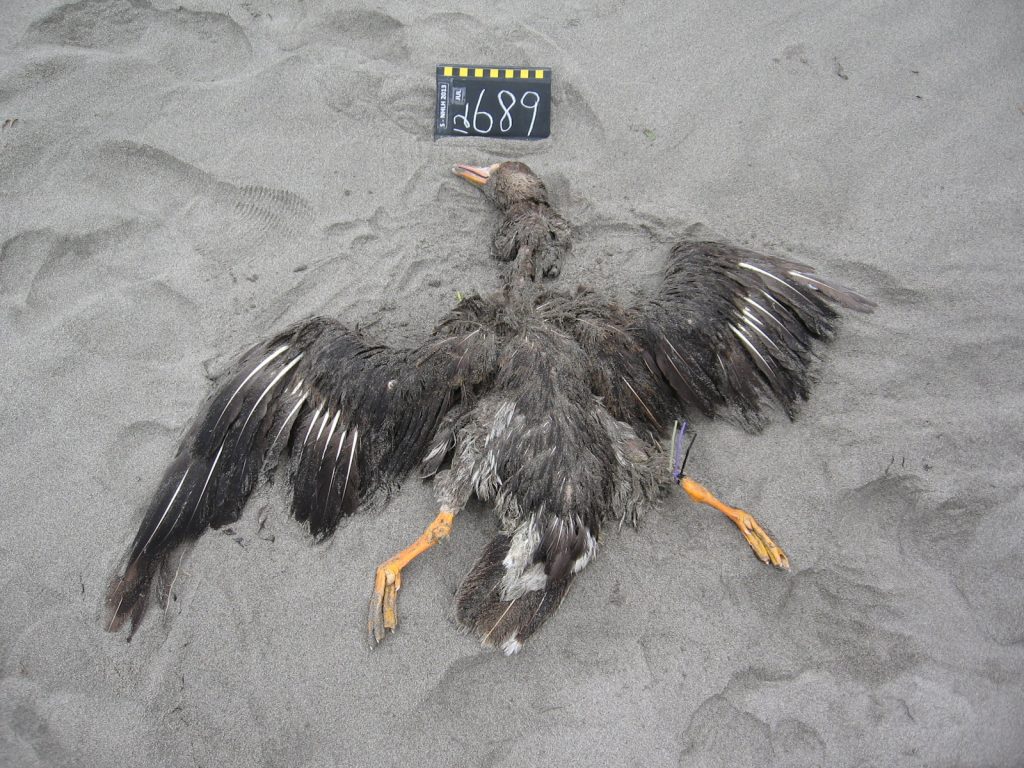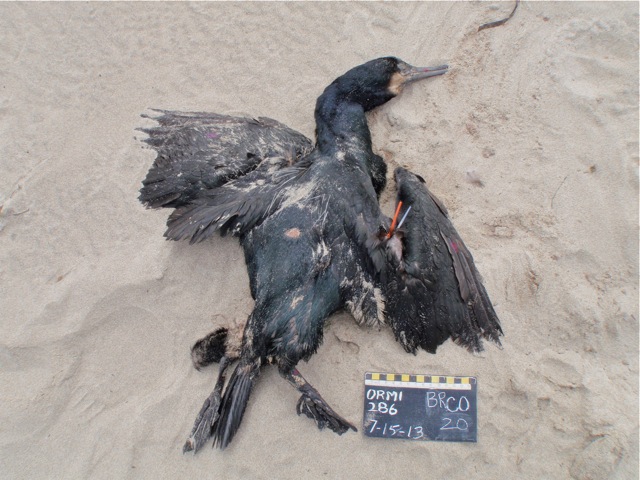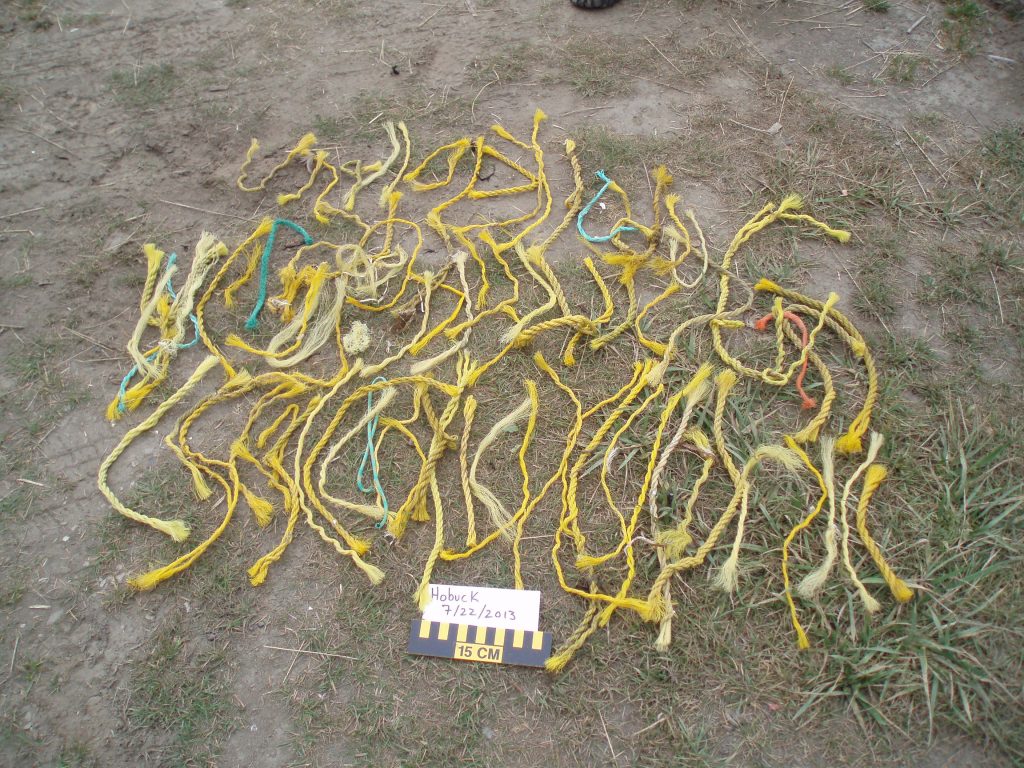Hi COASSTers,
Thank you for all of your great emails, photos, and datasheets recently. We really appreciate all of your efforts, especially with the Cassin’s Auklet wreck. For the 11th week running, Cassin’s Auklets still WAY outnumber other species on COASST surveys – you can view the updated graphic with December’s numbers here.
For Oregon COASSTers headed out this weekend, be aware that there is a potential “damaging wind storm” in the forecast for Sunday afternoon. Remember, your safety is always the #1 priority! Please avoid surveying if it is dangerous.
If you do have nice weather on your next survey, however, we’d love your help with a special project. COASST is looking to create a collection of high quality beach photos featuring you!
If you have a chance on your next survey to take a few photos of you or your survey partner/team with your beach in the background, we would love to gather these for future use on the new COASST website or in COASST presentations.
Hope you all have a great weekend! We can’t wait to see your photos!
Let’s take a look a what’s washed in lately:

Puale Bay (AK) 7/20/14 found by Susan, Jacob, Carrick, Jaime, and Sarah
Bill: 53 mm
Wing: 27.5 cm
Tarsus: 61 mm
Alaska Foot Key – page 34
West Coast Foot Key – page 22
Choose webbed (go to Q2), choose completely webbed (go to Q3), choose 4 toes, all webbed (Pouchbills: STOP).
Alaska Guide
On PB1, select wing chord less than 35cm. This bird doesn’t have a tan or orange chin, so it’s a Pelagic or Red-faced cormorant. Completely dark bill = Pelagic!
West Coast Guide
On PB1, bypass pelicans (bill larger than 10cm = 100mm) and move to cormorants. Dark chin and dark bill = Pelagic


.Fort Flagler West (WA) 1/18/15 found by Nancy
Bill: 26 mm
Wing: 12 cm
Tarsus: 25 mm
Alaska Foot Key – page 34
West Coast Foot Key – page 22
Choose free (go to Q9), choose three toes, all front (Shorebirds: 3-toed: STOP).
Alaska Guide
On SB1, we have either a Black Oystercatcher (SB10) or Sanderling (rare). Black Oystercatcher is WAY too large – plumage and bill are not a match. Stick with the Sanderling.
West Coast Guide
At SB1, we’re left with Sandering (SB4), plovers and Black Oystercatcher (rare). Turns out, this IS a Sanderling – straight, black bill, dark wrist and wingtips.



Their conclusion? Sun bleached and dried Bur-reed, latin genus Sparganium, a plant closely related to cat-tails. Mystery solved!


It’s not everyday that you see a fish washed in with another fish in its mouth! Take a look at the sculpins that Tasha and Chuck found at Spring Creek (AK). Sculpins are benthic, or bottom dwelling fish that can be found in a wide variety of habitats in both fresh and saltwater. While some sculpins are just centimeters in length like the ones pictured here, other species (of the 300+) can reach about 60 cm (or ~2 ft!).
Have you seen something on your beach you’ve always wondered about? Send us a photo!











